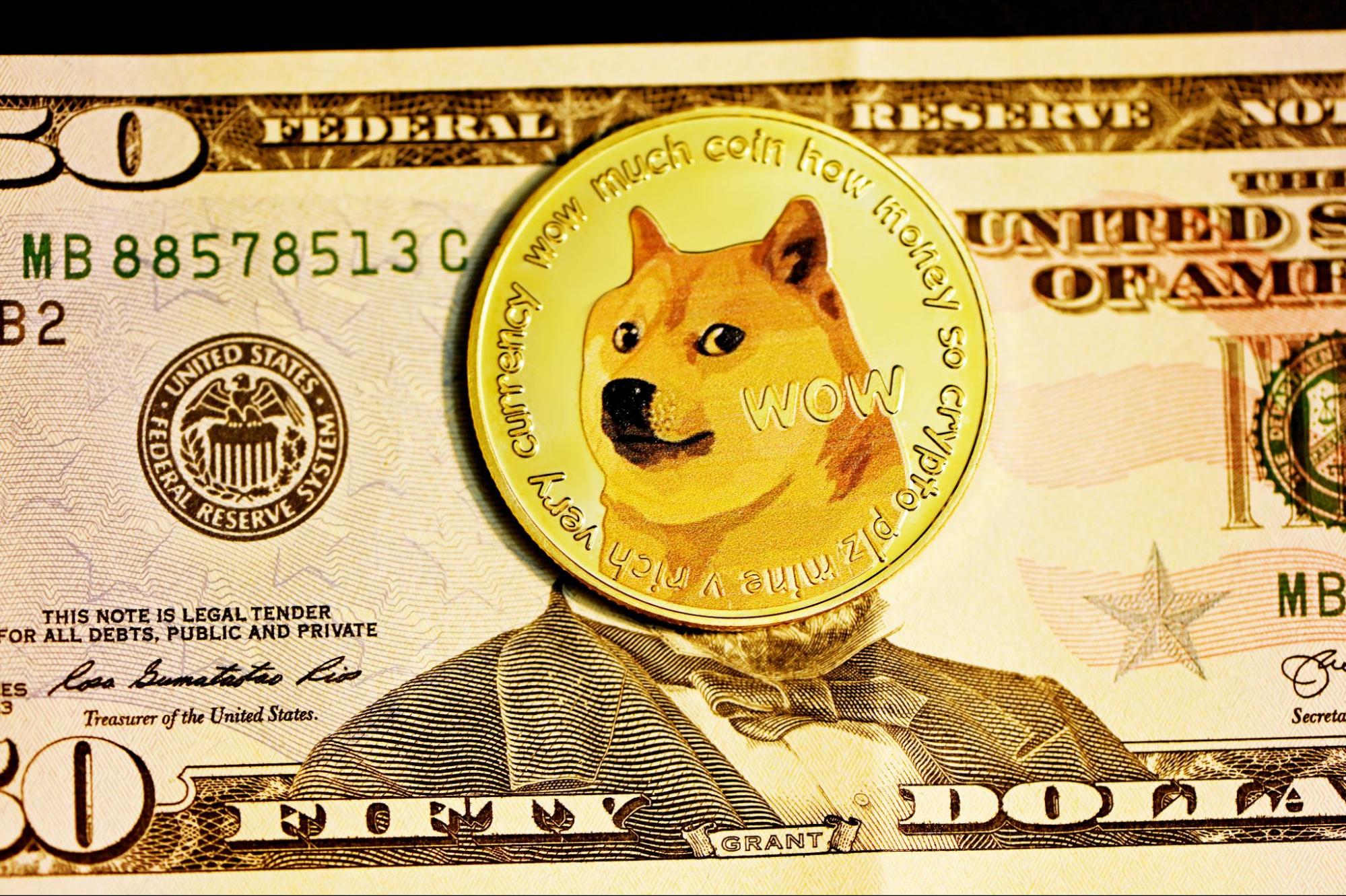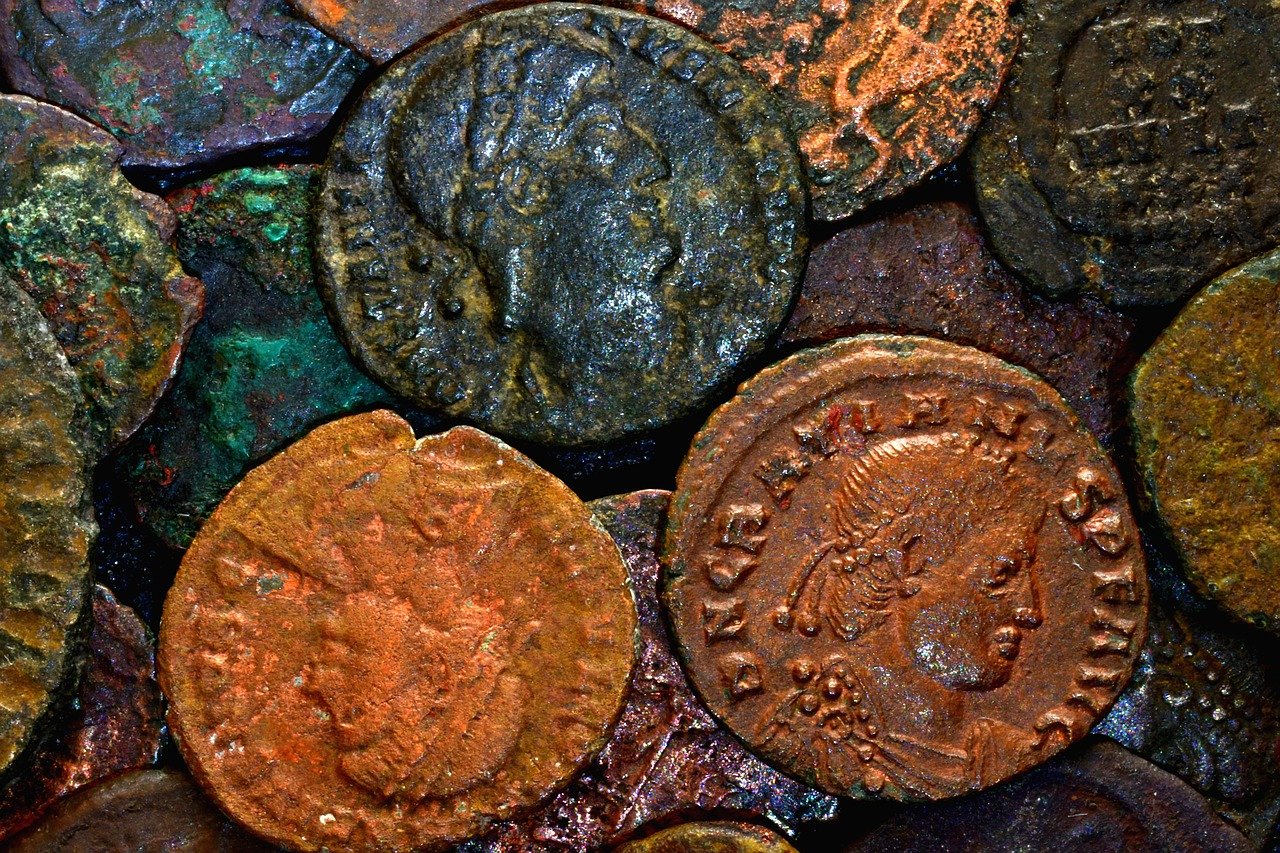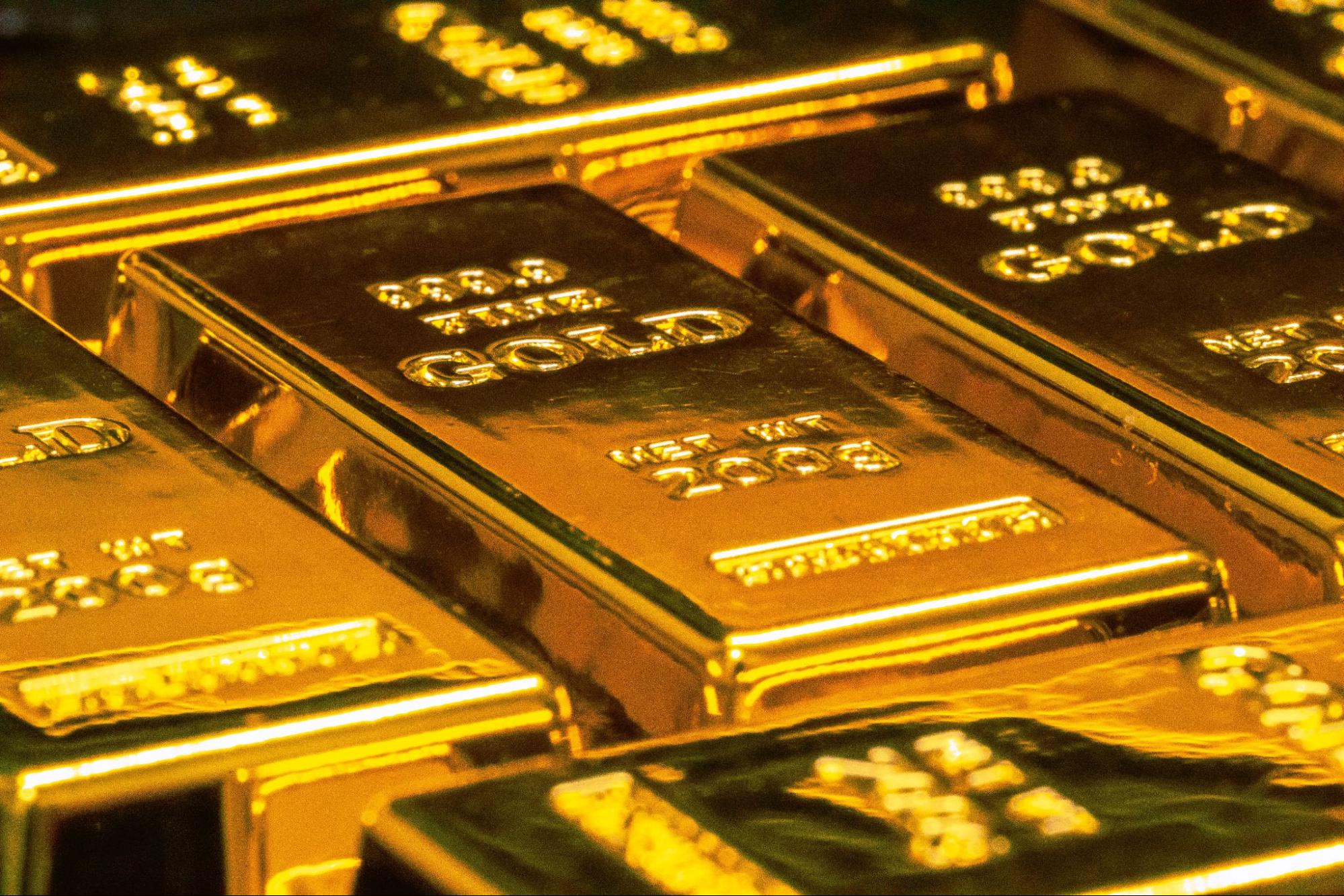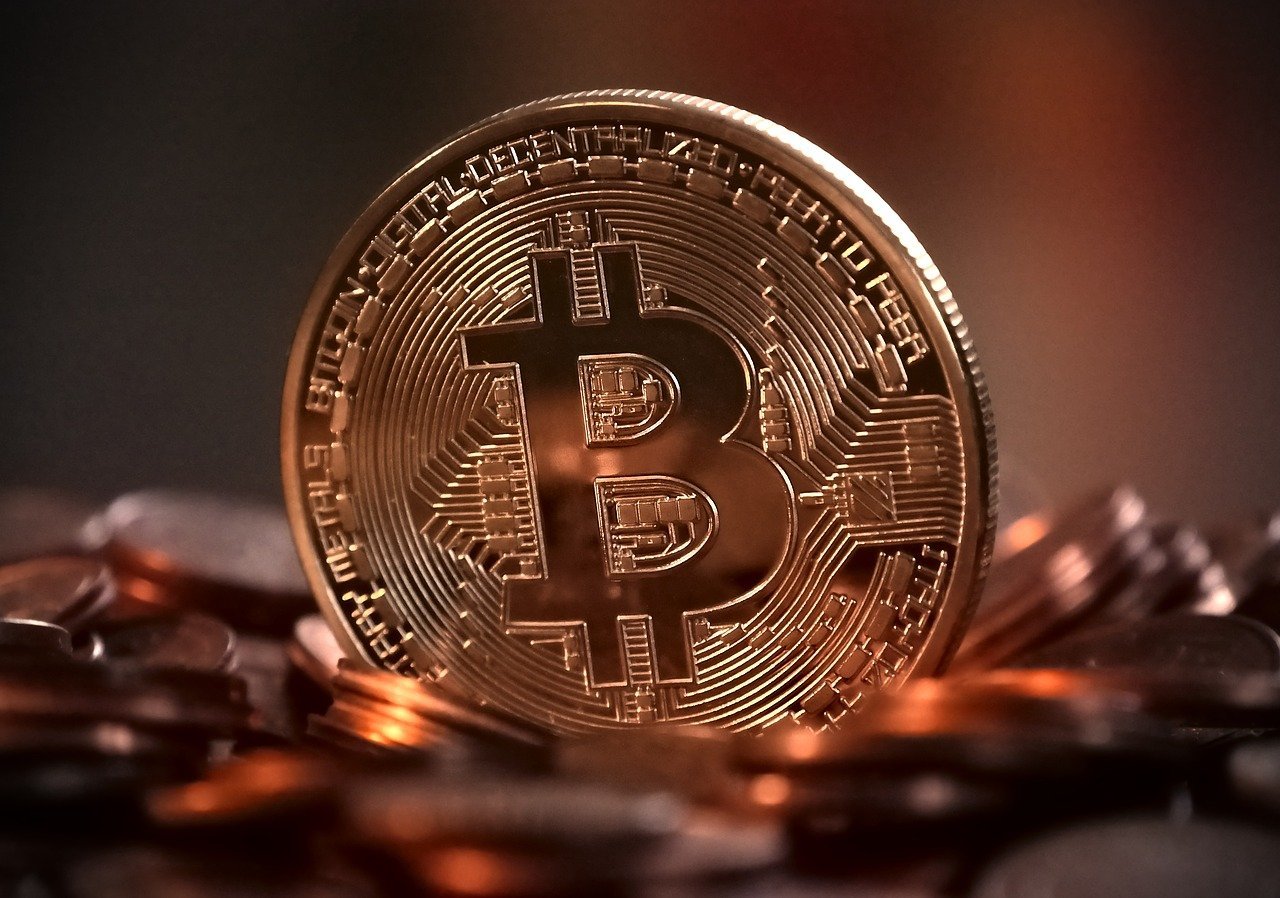If studying the history of monetary systems shows anything, it’s that money has been steadily evolving over the centuries. And crypto, as you might guess, is only the natural next step of that evolution.

However, trying to convince people of that can be challenging– the same way that it might have been hard to convince people to use paper money instead of metal coins.
That’s the purpose behind this series: to make it easier to explain crypto to those who don’t understand it, particularly older generations who weren’t raised in the digital age.
Before I knew anything about crypto, I definitely had my own doubts about it. So I wanted to begin this series to help shine a light on cryptocurrency for those looking for a simple explanation in one convenient place–just like I was when I first started learning.
To understand cryptocurrency and its role in the future of finance, you first have to know how money has changed over the centuries. To do that, we’ll start at the beginning: with goats.
History of monetary systems in 10 phases
1. Bartering and trade
The history of monetary systems starts with bartering. Before there was any form of money that we might be able to recognize today, there was bartering.
Bartering was used as the primary way to exchange goods and services. These exchanges involved directly trading one item or service for another. For example, a farmer might trade his wheat for some clothing made by a tailor.
Money eventually replaced a bartering system because it was more efficient and set a consistent standard for the entire society. In addition, if you’re bartering, someone might not think the trade is fair because they have no use for the item or service you want to exchange. But with money, they can take the currency and use it to buy an item or service they do want.
2. Goats (and other livestock)
Cattle were often used in bartering, though livestock eventually became a currency and store of value of its own for ancient agricultural societies. In fact, some cultures still use cattle as currency to this day, such as the Mundari tribe of South Sudan.
Cattle included cows, goats, camels, and other animals. Livestock acted as money and was seen as valuable because of their skins, meat, milk, or role in religious sacrifice. Using them allowed people to set a standard that everyone could go by when conducting transactions.
3. Coins

The introduction of coins as a representation of value is an integral part of the history of monetary systems. Ancient societies soon developed metal coins as a more convenient way to conduct transactions, especially as international trade grew and people were looking for a smaller, more portable store of value.
The first metal coins were created in China in 1,000 B.C., and they were simply made from ordinary metals like bronze and copper. As the use of coins spread, other societies made their own versions, and some used precious metals like gold and silver.
4. The first banks
Banking-type systems where wealthy merchants gave out loans to people who needed them have been around since ancient times. For example, the Roman Empire in 1,800 B.C. had dedicated temples where lenders accepted deposits and gave loans and other financial services.
But modern banks more similar to what we know today developed during the Renaissance when wealthy Italian merchants created an extensive network of banks that provided different financial services. As these banks grew in popularity, they spread across the rest of Europe, Asia, and eventually to the U.S. in the 18th century, with governments ultimately creating their own central banks.
5. Paper money
China was also the first country to create paper money in 800 A.D. However, paper money really didn’t catch on as a replacement for coins until the 18th century. This paper money wasn’t what we think of today when we think of the U.S. dollar or euro.
Instead, it came in the form of banknotes that were not controlled by the government (though governments legally required banks to fill them). They were issued by the banks, which meant that there could be many different banknotes from different institutions in circulation.
These banknotes were a convenient upgrade in the history of monetary systems because it meant people didn’t have to carry around a large amount of metal coins. Instead, they could easily exchange the banknote for an item or service. That banknote could be taken to a bank and exchanged for coins at any time.
6. The U.S. dollar and official government currencies
Over time, banknotes could only be issued by a government or central bank, which ultimately became the paper currency that we’re familiar with today. For example, the Bank of England gained control over issuing banknotes in the country in 1694.
And the U.S. dollar was officially created in 1792, shortly after the First Bank of the United States in 1791. The dollar was essentially a banknote, and it started out tied to both gold and silver. In this way, banknotes evolved from a more decentralized system to a government-controlled one.
7. The Gold Standard

Gold didn’t become the basis for banknotes until 1861 when England officially adopted it as a store of value for its currency. The U.S. followed suit in 1900.
The Gold Standard meant, in theory, that every U.S. dollar was backed by gold and could be exchanged for it. This resulted in the creation of the Federal Reserve System in 1913. Gold eventually became an international standard for bartering and other transactions.
However, the Gold Standard was dealt the first blow that would lead to its end in 1934 when, as a result of the Great Depression, the U.S. prohibited people from redeeming their dollars to gold.
Still, the U.S. dollar was known to be tied to gold. For example, after WWII, countries agreed on an international monetary system where countries tied their currencies to the dollar. The U.S. was responsible for keeping the dollar fixed to gold.
This lasted until 1971, when the U.S. dollar’s connection to gold officially ended, meaning dollars could no longer be exchanged for the precious metal.
8. Credit cards
Credit cards were a significant moment in the history of monetary systems. Credit card-type systems have been around in the U.S. since about the 1920s. However, credit cards as we currently know them really took off in the 1950s, with the creation of the Diners Club card.
Then, major institutions such as Bank of America began developing their own credit cards and pushing them on the public. The general attitude towards credit cards was that they were unnecessary– after all, most businesses still wouldn’t accept them, so people felt they had no need for them.
Eventually, banks successfully changed this perception, and credit cards quickly grew in popularity, generating legislation to control the crime and debt that were byproducts of the new industry. Today, credit cards are one of the top sources of debt in the U.S., with debt levels reaching $998.4 billion as of mid-2021.
9. Electronic transactions and debit cards
Debit cards weren’t introduced in the U.S. until the late 1970s. They served as alternatives to writing paper checks and quickly became popular for their speed and ease of use.
In the mid-1980s, the Landmark banking company combined the existing ATM networks with debit cards so that credit and debit cards essentially used the same system to function. By the late 1990s, they had risen in popularity above check usage.
Debit cards mean that transactions can be entirely electronic: no physical cash or check passes between the seller and buyer. Even more recently, payment services like PayPal, Venmo, and Apple Pay have made it easier and faster to pay without using your physical debit card.
10. Crypto and digital currencies

Our last stop in the history of monetary systems is crypto. Bitcoin was the first cryptocurrency created in 2008.
It was designed to be a digital currency that could act as a decentralized, alternative store of value to fiat currency. Over time, many people have lost trust in fiat currency, including the U.S. dollar, and have turned to Bitcoin as a hedge against inflation and instability.
Since Bitcoin, many other cryptos (or altcoins) have been created, though they are not exactly meant to be actual currencies. Instead, these coins are mainly intended as ways for people to invest in the technology companies behind them. This technology includes blockchain, smart contracts, and decentralized applications.
While crypto is not quite mainstream yet, popular coins like Bitcoin have seen an increase in institutional adoption in recent years, and crypto projects as a whole are seeing more interest from governments and major corporations. In turn, this is driving more people to hop on the bandwagon and learn more about cryptocurrency.
Cryptocurrency is a fast-growing industry. In 2021, the overall market cap was valued at a little over $3 trillion. While it’s still in its infancy, many tech companies are coming up with new innovations to help crypto and blockchain technology become part of the future.
What’s next in the series?
From bartering goats to cryptocurrency, monetary systems of the world have changed a lot over time.
We’ve definitely come a long way since bartering! Now that you understand crypto’s place in the history of monetary systems, what are some use cases for cryptocurrency? Why exactly should you be excited about it? And why might you want to invest in it? Over the next five weeks, we’ll examine some ways to use crypto, from investing and lending to gifting and spending.
About the Author

Michael Hearne
About Decentral Publishing
Decentral Publishing is dedicated to producing content through our blog, eBooks, and docu-series to help our readers deepen their knowledge of cryptocurrency and related topics. Do you have a fresh perspective or any other topics worth discussing? Keep the conversation going with us online at: Facebook, Twitter, Instagram, and LinkedIn.


